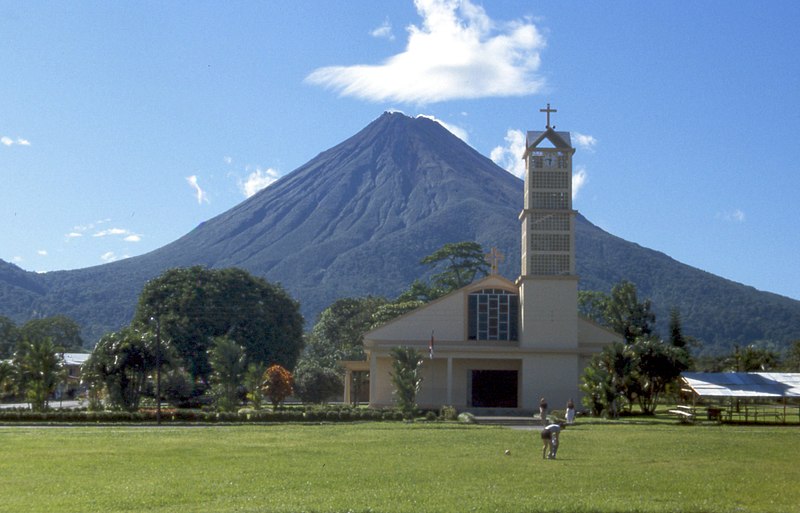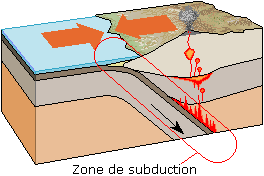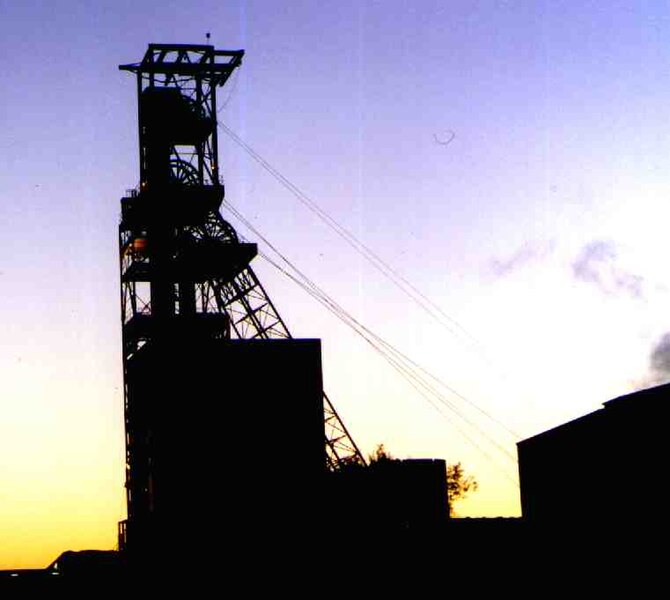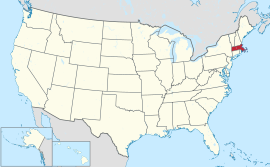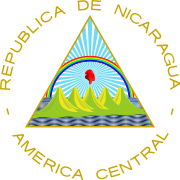 |
| The Coat of Arms of Panama shows plenty of evidence about the gold mining history of the country. |
The Isthmus of Panama is what joins North America to South America , and is the home of the Panama Canal joining the Atlantic and Pacific Oceans Panama Republic of Panama Panama World Trade Center New York City 9/11/2001 by ramming the buildings with airplanes. This started the price of gold spiraling upwards from a price that was pegged at $300/oz in March 2001 to more then $1,500 today. Gold isn’t the only source of mineral wealth in the country that may prove to be the largest copper deposits found anywhere on the planet. By 2004 the money started pouring in to Panama
The Isthmus of Panama was formed about three million years ago when huge amounts of sediments from both North and South America filled in the gaps between the islands of an island arc forming a solid strip of land that finally joined the two continents together. Many scientists feel this was one of the most important events that has occurred in the past 60 million years. Because it filled the gap between the Americas it completely changed the pattern of oceanic circulation that gave us the world’s present climates by forcing warm water northwards thereby heating the whole northern hemisphere. It also created a landbridge that allowed the plants and animals from the Americas
The islands were for the most part volcanic like the modern Lesser Antilles of the Caribbean Sea . These volcanoes are represented today by the string of volcanoes in Panama Panama Panama
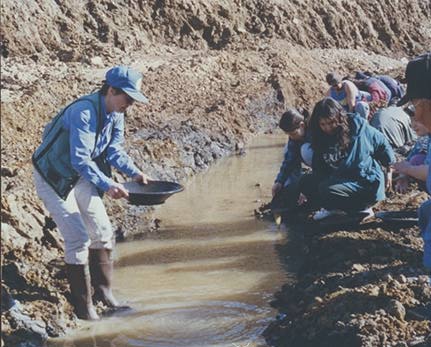 |
| Gold panning lessons. Public Domain |
There are extensive deposits of placer gold in Panama





